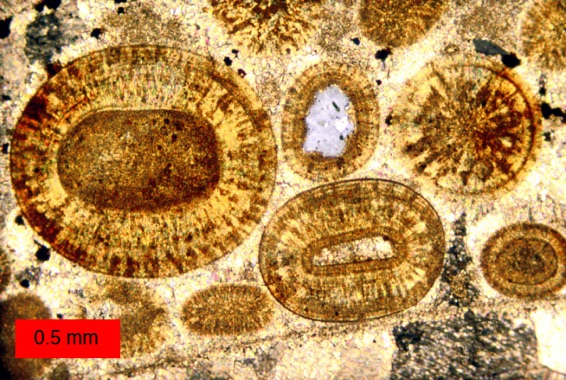3. Carbonate Sedimentary Rocks


1. Lecture Notes:
To print more than 1 slide per page please see your printer set up for details.
Slides with extended notes: HERE - all this material is examinable.
Slides only: HERE
Slides only LARGE file size: HERE
2. Lecture Activity Solution: HERE
3. Required Reading:
Grains and Matrix, page 283 - 287
NOTE: text book readings are tested online and not exams with the exception of topic 5.
4. Lecture Goals
Note! Lecture goals are intended to help you understand the main themes in the lecture. They are NOT designed as a guide to the exact content that will appear in exams.
i. Define and categorize carbonate sedimentary rocks
-
ii.Define carbonate mineralogies and factors of precipitation
-
iii. Interpret carbonate sedimentary rocks in terms of their environment of deposition.
5. Sample Questions (answers given at the bottom of the page)
Note! These questions are drawn from individual lectures. Questions on the exams may draw their content from ACROSS lecture material and not focus on any one specific area as the questions do here.
-
1.Define this rock by the Folk and Dunham Schemes.

-
2.Was the rock in question 1 biologically or inorganically precipitated? What factors probably led to its precipitation?
-
3.Where in this diagram might you expect: a) Boundstones, b) Pelagic Carbonates and oozes, c) patch reefs

1. Folk: Oosparite; Dunham: Grainstone.
2. Inorganic precipitation in shallow (low pressure) warm agitated water. All of these features favour the precipitation of calcite.
3. Boundstones: in the reef facies. Pelagic Carbonates and oozes: in the basin facies but likely far to the left of this diagram. Patch Reefs: probably in the back-reef facies.
property of author
